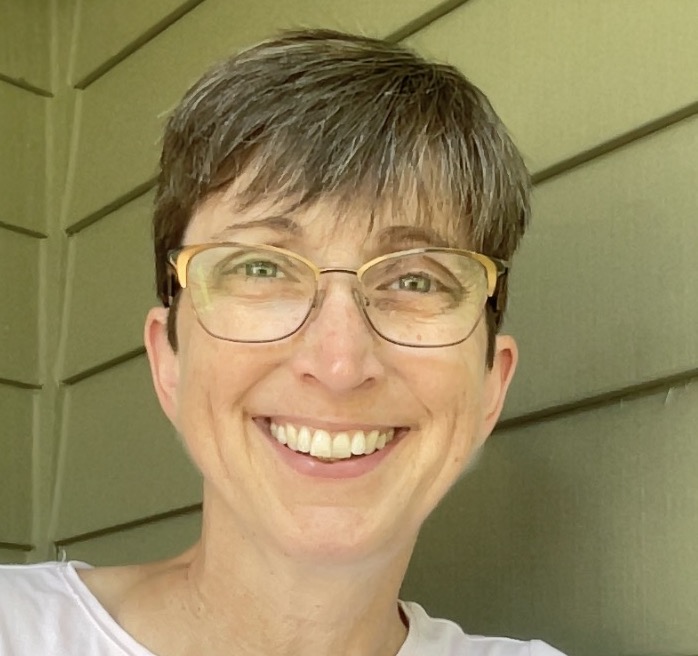4 minutes
CU Pride Leadership Conference panel shares key insights.
During the CU Pride Leadership Conference earlier this month, members of one of the panels talked about their experiences with “intersectional allyship.”
Being an ally, in simple terms, means being someone who aligns with and supports a cause with another individual or group of people. “Intersectionality,” first coined by Kimberly Krenshaw in the 1970s, is the idea that the certain aspects of who a person is (such as their race, gender, sexual orientation or socioeconomic status) will increase their access to the good things or their exposure to the bad things in life. “Intersectional allyship” means being an ally to more than one group of people.
Here’s what the panelists had to say.
On Allyship
Panelist Scott P. Young, VP/innovation and design at CUESolutions provider PSCU, headquartered in St. Petersburg, Floria, said his allyship has evolved a lot over the last five years. He also emphasized that being an ally is different from simply being supportive. Allyship is a longer, deeper journey.
“Allyship requires self-awareness: What privileges do I have? What biases do we have?” he said. “There’s no big award out there (for being a good ally). It’s an endless race.”
Panelist Allen Hill, a mortgage loan consultant with $6.7 billion Kinecta Federal Credit Union, Manhattan Beach, California, and a CUES member, said the “recurring theme” in allyship is to “show up and state your support publicly.”
“That puts you on the hook,” Hill explained. “Then you’re committed to get something done. You’re committed to be an active participant.”
Panelist Ari Farrell echoed the idea that allyship is about showing up.
“Show up for the folks that you surround yourself with,” said Farrell, hemp industry specialist with $1.1 billion Northwest Community Credit Union, Eugene, Oregon, and a CUES member.
On Intersectionality
For Young, May 25, 2020, the day of George Floyd’s murder, was the “intersectionality point” of his allyship journey. That was just a few days before PSCU’s 430-member strong employee resource group for the LGBTQ+ community, PSCUnity, was about to launch its Pride month celebration.
Young said he called a colleague who’s also involved with PSCUnity and said: “We have to stop everything and call all the other ERGs and support Sankofa (PSCU’s African-American ERG).” That day was, Young said, the “catapult to cut across intersectionality and (do) cross-collaboration.” Now the ERGs work much more in unison.
To explain his perspective on intersectionality, Hill said, “As I go, we all go.”
About his allyship for the LGBTQ+ community, he added: “If I can support and we can gain ground there in terms of human rights and civil rights and privileges, that’s going to spill over into the other marginalized communities.”
On the Value of Intersectional Allyship
Panel moderator Cynthia Campbell, chief experience officer with BALANCE, offered a solid business reason to pursue intersectional allyship in the workplace: It’s a great way to combat the Great Resignation.
“Right now, we need every reason for people to stay,” she said. “Inclusion creates belonging, which helps keep people.”
Young underscored the idea that broad allyship is simply the right thing to do. “We’re being tested right now so we need to figure out how we can work together to figure things out to survive as a race,” he said.
On How to Effectively Demonstrate Allyship
Farrell recommended doing more than one thing to show your allyship—don't just make a statement or raise a flag and then stop. Instead, they recommended, also attend an event or do something else to show your support.
Farrell also suggested that allies get educated.
“You’ve got to sharpen yourself first,” they said. “Educate yourself. Put on your own mask first before you help others. You have to take ownership of where you’re at in your process.”
Campbell also underscored that allies need to take charge of their own learning.
“If we’re going to be allies, we need to own our research” about the experiences of diverse groups, she said. “I can show I’m an ally by doing the work and being invested.”
Farrell also suggested that one person can’t be all things to all people. “Understand your biases,” they suggested, and then, “If you’re not the right person, get out of the way.”
Young echoed the idea that when it comes to allyship, actions speak louder than words. “Show up but don’t just take space,” he said. “Try to use your position and your privilege to influence and help marginalized communities.”
Lisa Hochgraf is senior editor with CUES.






